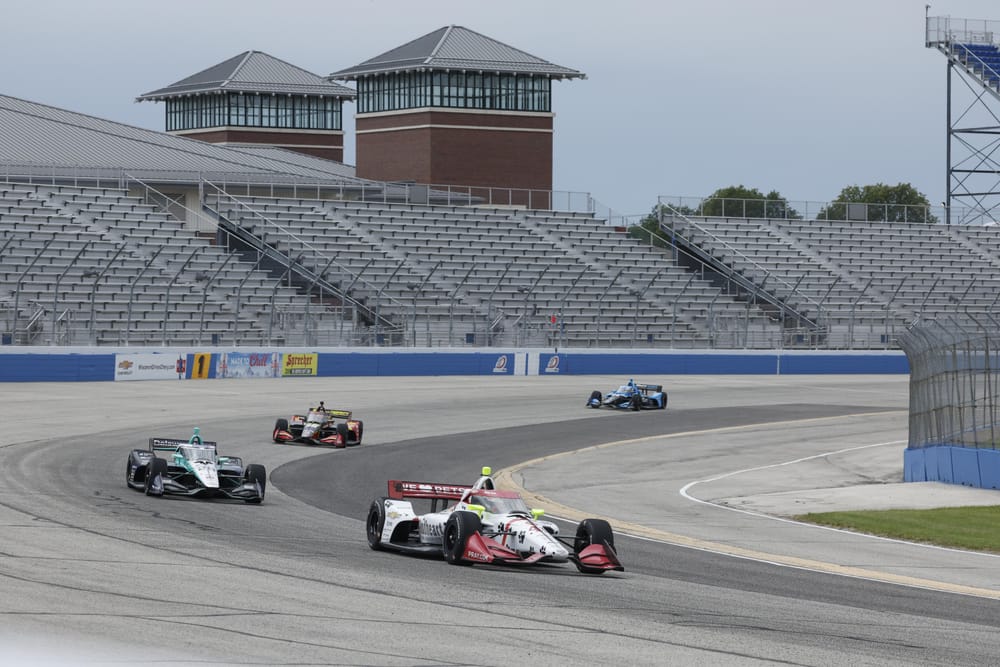With a history dating back to the 1930s in IndyCar, the Milwaukee Mile feels like a track you just have to have on an IndyCar calendar.
As early as 1876 it was already in existence as a horse-racing track, and it only took until 1903 to become a racing venue of the engined-variety.
Among the winners at the track are the Andrettis, Jim Clark, Gordon Johncock, Nigel Mansell, the Unsers and the list goes on.
But enough of the rose-tinted spectacles. The track dropped off the calendar for a reason - and how will it suit the current IndyCar, anyway? Is the track likely to help produce better or worse oval racing with this finely-poised aero and tyre package? Will it decide the championship? And is Penske really likely to win and lap the field?
We take a look to preview the weekend's action.
What is the track like
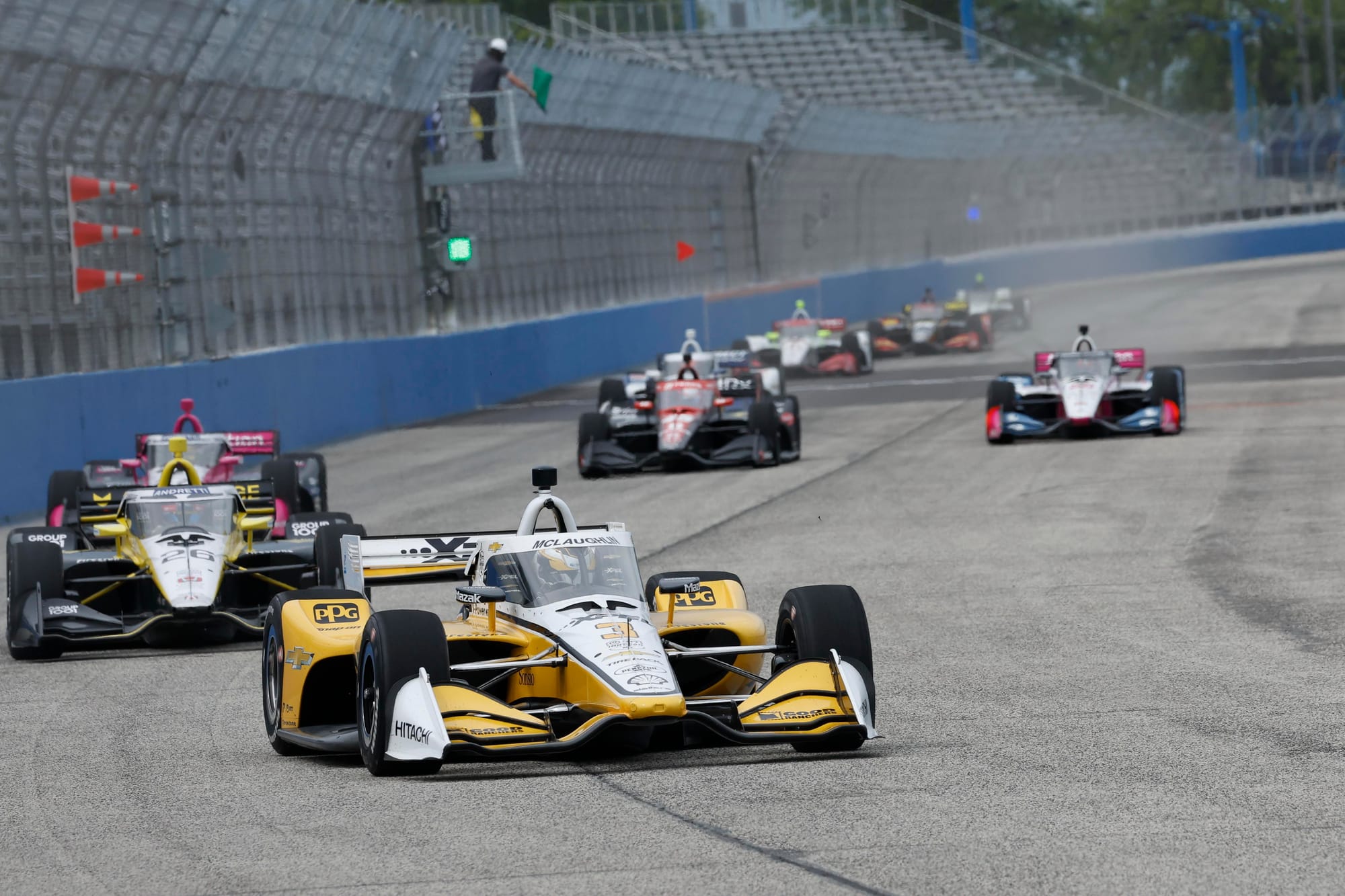
Like the other IndyCar short ovals on the schedule, Milwaukee provides a unique challenge.
I’m always amused when someone refers to a ‘short oval set-up package’ in modern IndyCar because every short oval needs something different from the other.
Been a minute since #INDYCAR has raced at @TheMKEMile, so we talked to an old friend 😉
— NTT INDYCAR SERIES (@IndyCar) August 29, 2024
📺: #HyVee250s - Saturday and Sunday on USA and Peacock pic.twitter.com/nvzH9HVr6R
The big thing you should notice here at Milwaukee is that, unlike other tracks, the middle of the track is the line to take. Whereas normally the bottom is fast and the higher line is slower, at Milwaukee it’s the reverse. Assuming that remains the case on the track’s return, you’re going to see some fun racing lines.
It’s also very low-grip. That means the car is moving around a lot.
“It's slippery out there, but the track is building grip the more laps we put down and the more rubber we put down,” said Marcus Ericsson after the test.
“But it's been fun, I like that challenge to drive the car on the edge, you're sliding around on both axles and you're trying to find the optimal line, and that changes throughout the stint as well. So I think that challenge is really, really fun.”
Pato O’Ward added: “It's a very, very fast oval, a lot faster than I thought. I think it's going to race really well. The degradation is going to be quite heavy so I think you'll see a lot of different strategies.”
Then you have the banking - in that there's barely any! That’s one of the reasons the drivers are a bit higher in the corner, because you can’t carry speed low into the turn and use the banking to help steer the car as you would somewhere like Iowa or even Gateway to a certain extent.
The mechanical and aero grip of the car are doing a lot more of the turning work and, of course, that’s what puts the stress on the tyres.
“There's no banking to help you,” adds Josef Newgarden.
“You have to get used to that. It can be unnerving.
REPOST if you’ll be watching INDYCAR return to the Milwaukee Mile!
— INDYCAR on NBC (@IndyCaronNBC) August 27, 2024
Saturday: only on Peacock.
Sunday: USA and Peacock pic.twitter.com/aTZ0ABfK35
“For some of the guys that have never run it, it took a while to get used to it. It's awesome."
The car that wins will be kind on its tyres, find way to get different lines of the race track to work at different times in the stint, will be able to overtake and stay out of trouble - not a simple task as you can’t always predict what line the car in front or behind is going to take.
What’s the history of Milwaukee in IndyCar
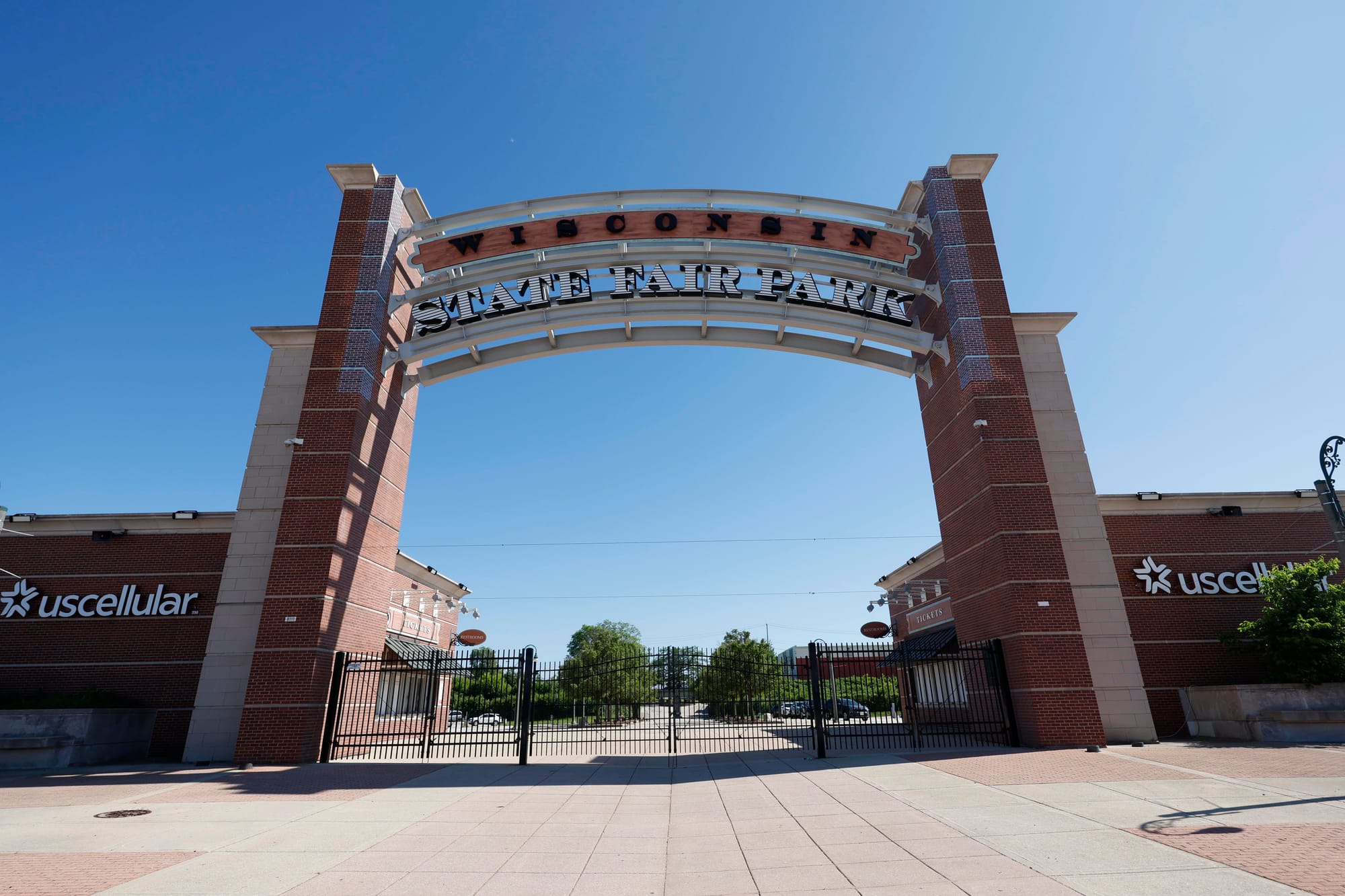
With a motorsport heritage spanning as far back as it does - and having even been home to the Green Bay Packers football team - the Milwaukee Mile is not short on history.
This track goes back into the 1930s for IndyCar racing in so many of its forms - it became the regular race after the Indy 500 for a significant period starting in the 40s - and it’s in one of IndyCar’s best-supported areas in the country historically, Wisconsin. It's just above Illinois and its biggest city Chicago and close to the western shores of Lake Michigan.
It’s produced some monumental races over the years, like Mike Mosley going from the 13th and last row to win in 1981, an Andretti 1-2-3 in 1991, Nigel Mansell’s first oval win two years later. Even the last race there was won by relative minnows KVSH - and their definitely not-minnow driver Sebastien Bourdais - in dominant fashion.
Watching this race should provide some of that historical aura that you get at Indianapolis, with so many unbelievable stories written at this storied venue over the years.
It’s been 27 years since Greg Moore got his first win in Milwaukee.
— INDYCAR on NBC (@IndyCaronNBC) August 28, 2024
Will we see another first-time winner this weekend? pic.twitter.com/wexD0lnvs8
And if series owner Roger Penske has his way, this track will be on the calendar for “decades” to come.
The fight for car consistency
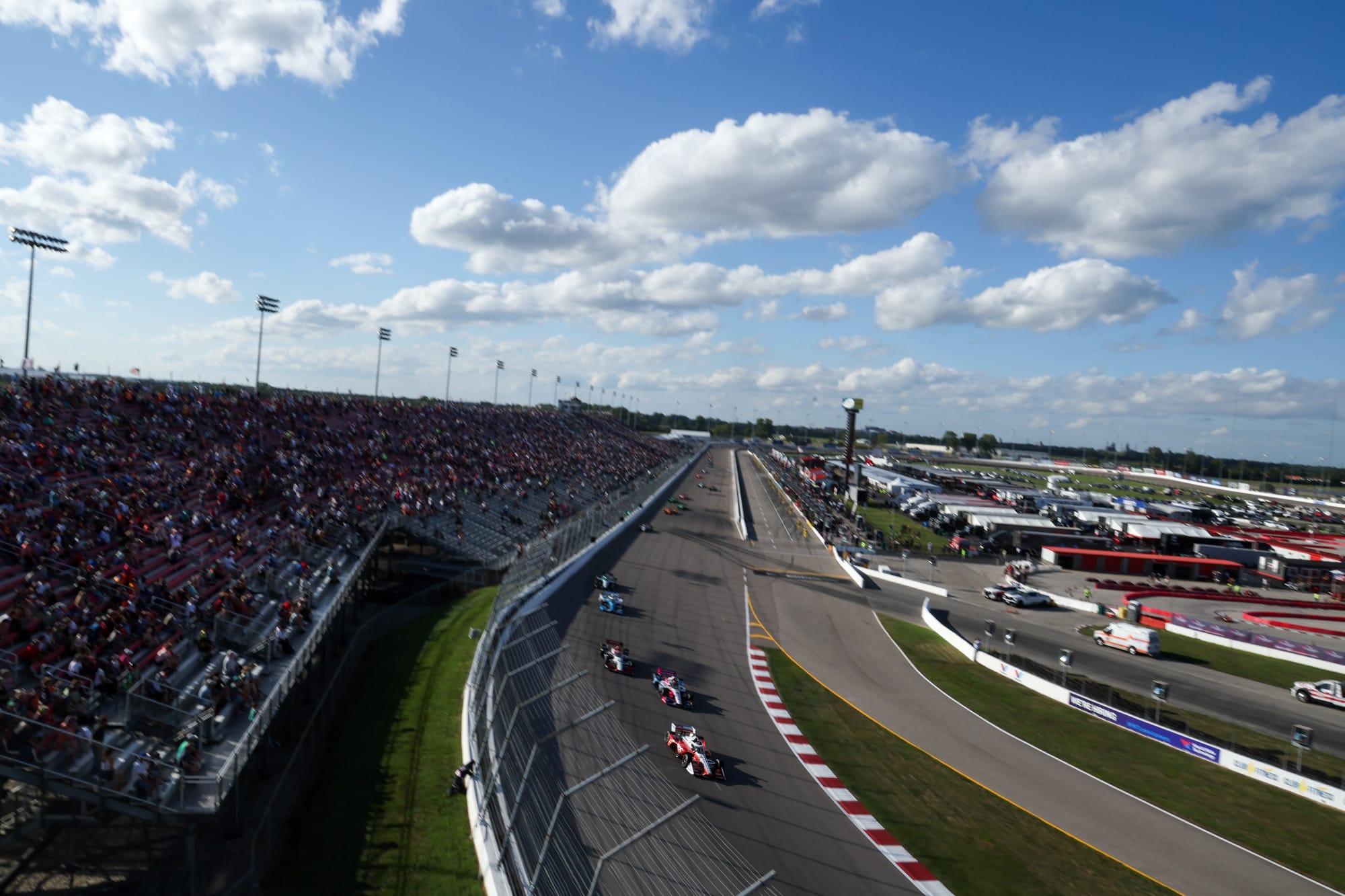
IndyCar is in a constantly-evolving fight to try and make oval racing as safe and as entertaining as possible, but it's a really hard balance to nail.
Because oval racing can be affected so significantly by conditions, it’s hard to bring an aerodynamic package and a set of tyres that work with the conditions to give you what you want - which is relative ease of overtaking, but not big packs of peloton racing with cars drafting past one another each lap.
A big issue is creating a second lane so that cars can overtake. From practice through qualifying drivers will converge on one racing line that will rubber in and provide more grip, while sending detritus from the tyres onto the next line, making it more slippery still.
This usually leads to one-lane racing.
Iowa proved particularly tough for IndyCar in this regard, where using the second lane after the track was repaved was really tough, but Gateway, which is more similar to Milwaukee because it also doesn't have steep banking, was condemned by drivers at a pre-event test and actually turned out to be a near-perfect balance.
However, Gateway hasn't produced much tyre deg in recent years, whereas Milwaukee almost certainly will.
As well as tyres and aero, IndyCar is dealing with the mid-season introduction of the hybrid unit - which has added weight to the car, so has altered performance. So trying to bring a suitable package is tough, especially with only one test in the build-up and no data from recent races.
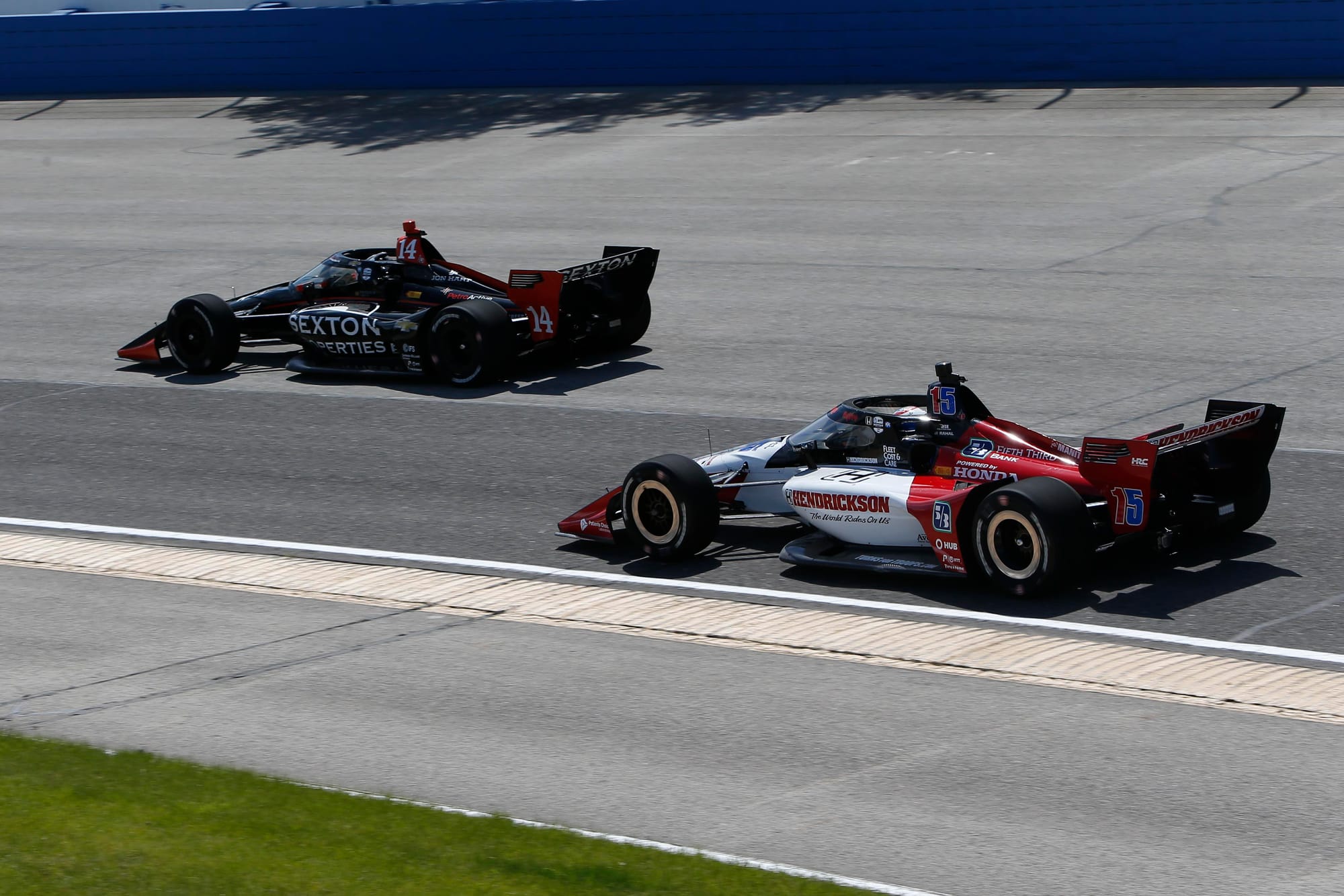
What IndyCar and tyre supplier Firestone learned in the June test - which they did at least have the hybrid in for already - and how they applied that knowledge to creating a package for the August races will be crucial.
And if they have got it wrong, it's a double-header, so the issues will be compounded.
Penske perfect
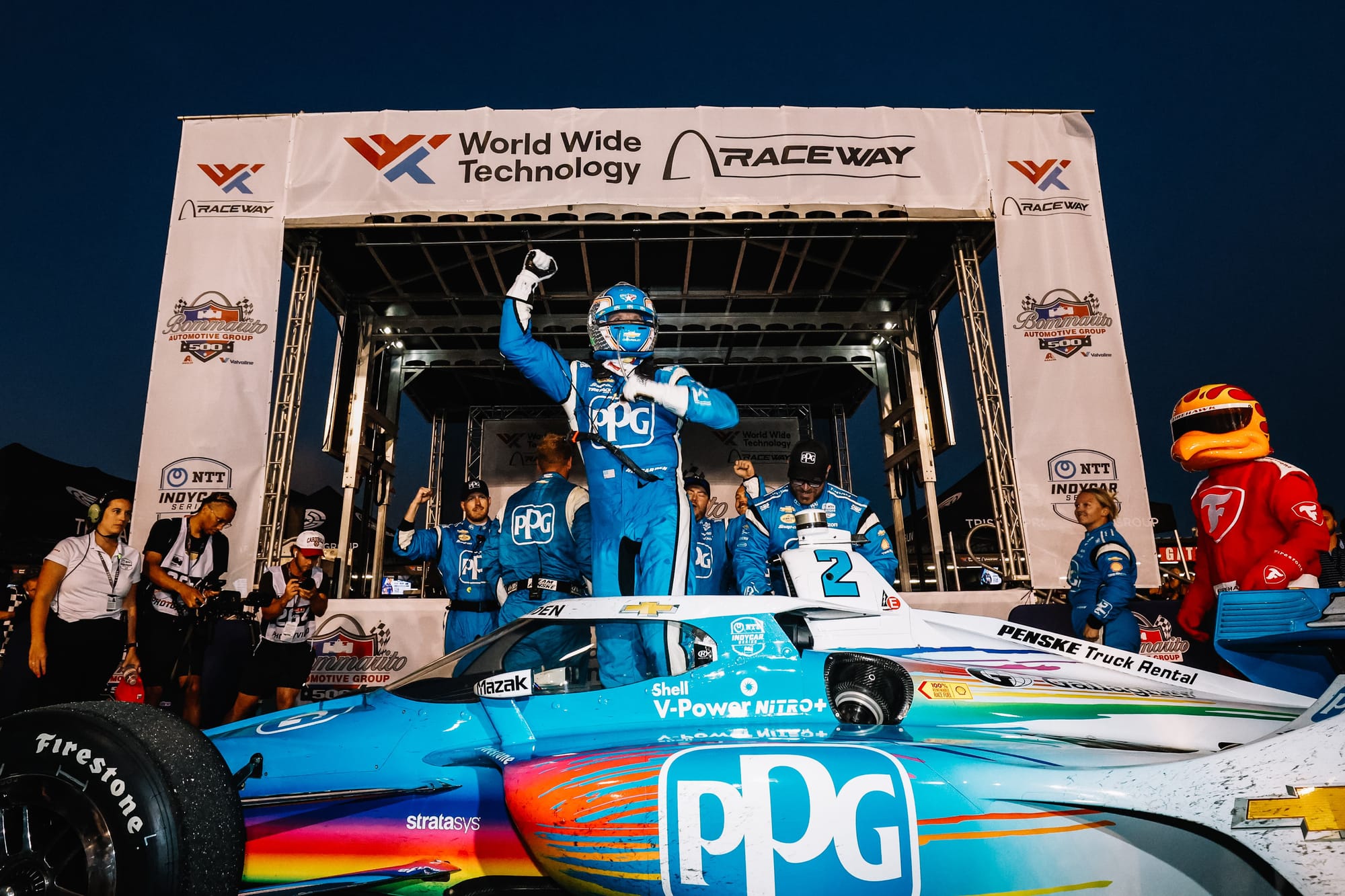
From Paul Tracy crashing out in traffic while leading and having lapped the field in 1993 to the 1994 race when three team cars crossed the line together with a 'Ford at Le Mans'-style photo finish with the famous pushrod ‘beast’ engine, Penske has gone through the full range of emotions at the Milwaukee Mile.
It’s hard to predict anything but good feelings for it this year.
Pato O’Ward told The Race IndyCar Podcast earlier this year that - on evidence of the Milwaukee test in June - “Penske would be a 1-2-3 and have lapped everybody” if the race played out in the same way.
The team has won 18 of the 24 oval races held in the last five seasons - that’s 75% - and it's undefeated on ovals this year.
Ganassi wasn’t at this June Milwaukee test, but anyway hasn’t been a real victory threat on the ovals this year, certainly not consistently, so Alex Palou has his work cut out. Especially as Power has won here and Newgarden was on pole at the last race in 2015.
The championship
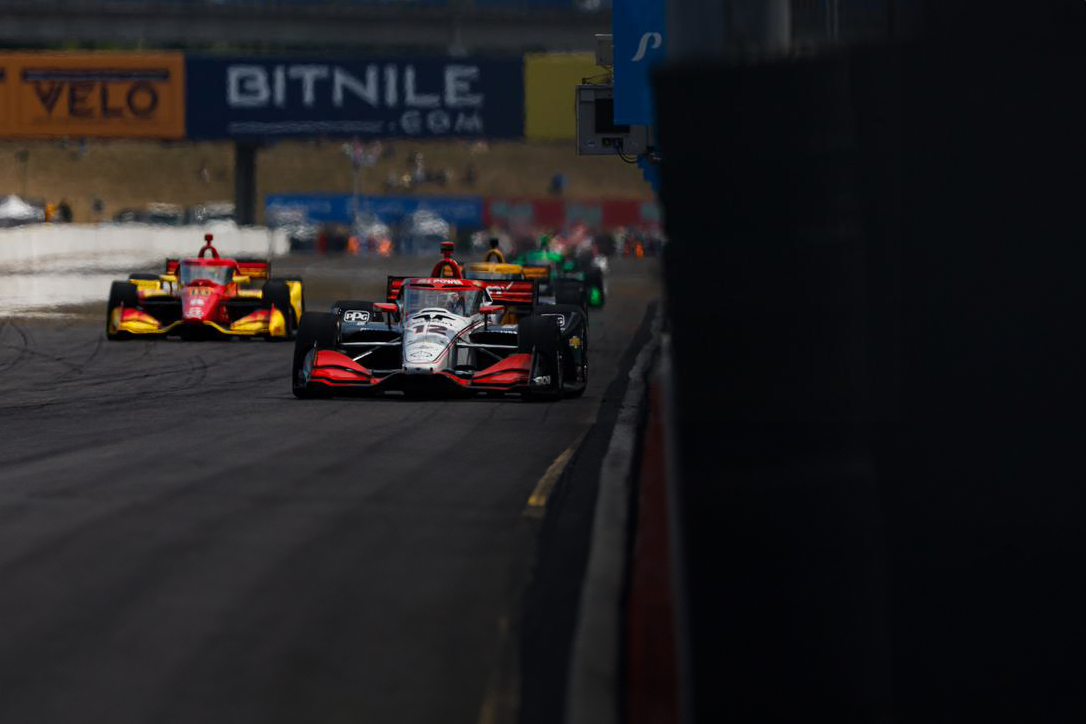
Palou has a 54-point lead in the championship, which means he can give up 17 points per race over the next three events to Will Power and still take the title.
With so many points permutations with three races to go, we won’t go too deep into it. Power’s maximum score is 592, so Palou needs 109 points to be safe, or the equivalent of a second and two third places.
The chances of Power winning all three races from pole with most laps led do seem a bit remote, so we could also estimate what might happen using some averages from previous ovals.
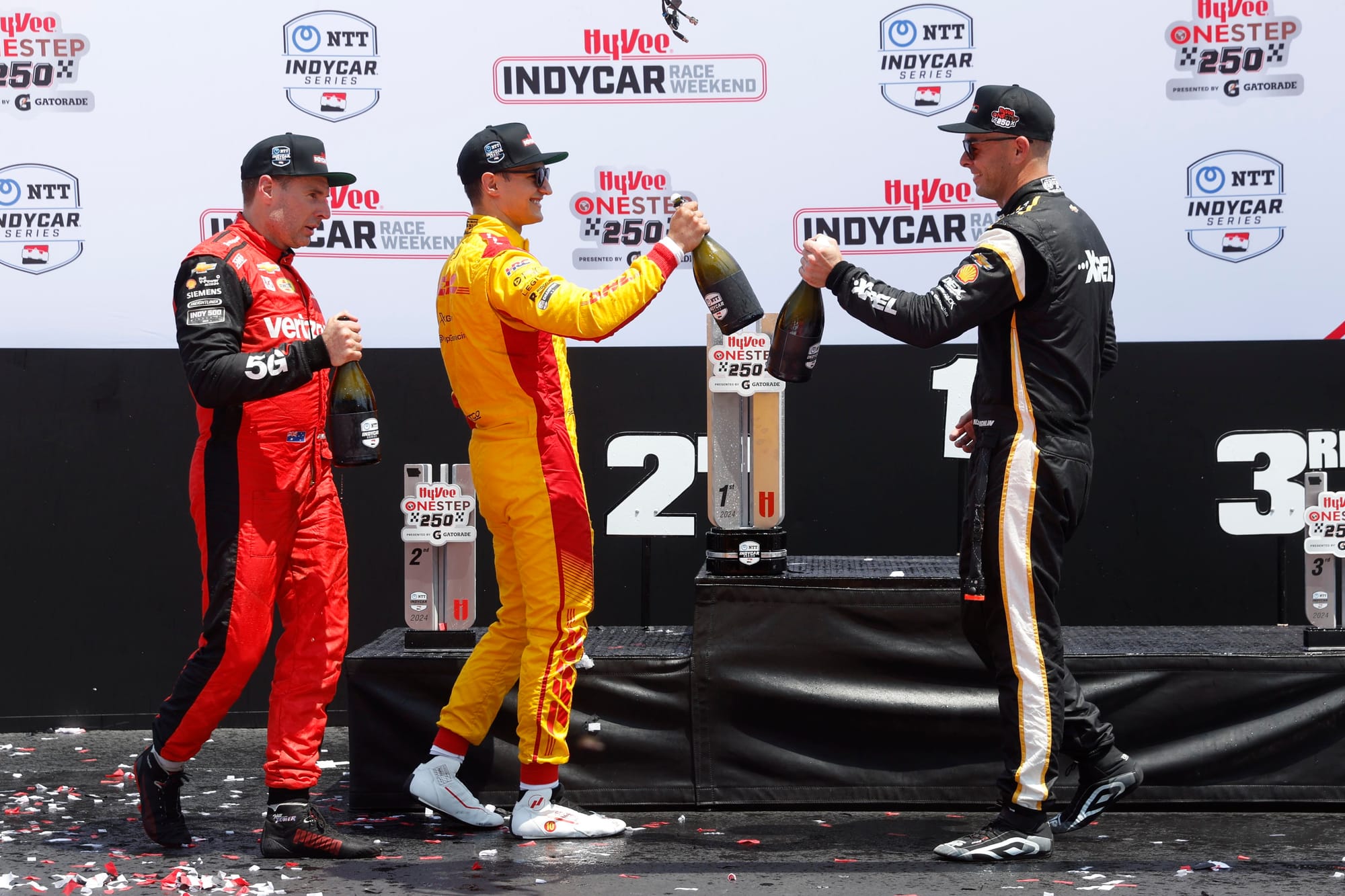
Only here’s the kicker and the thing no one appears to be talking about. Palou has a better average finish and points per oval race score than Power this year!
Average oval finish
5 Alex Palou 8.5
12 Will Power 15.25
Points per oval
5 Palou 28.25
8 Power 23.75
Of course, Power was taken out at Gateway, which affects his score, and he’s the only one of the two to win a race on an oval.
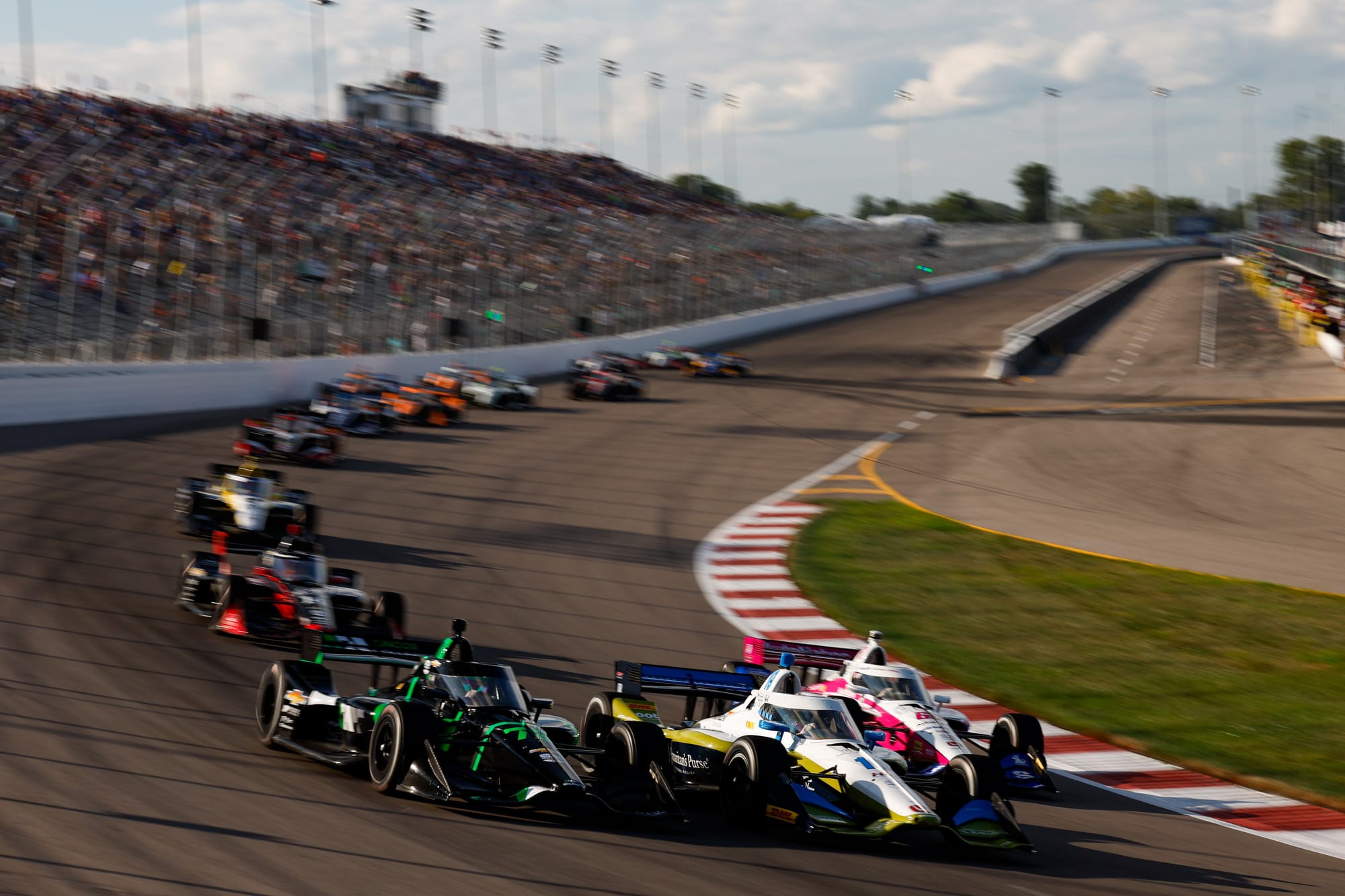
Your heart might say that Power will win one or two of the last three races, but your head should be looking at the stats and telling you Palou has no big weakness here and is actually 'better' looking at the averages.
If I’m bored of this ‘you haven’t won an oval yet’ narrative/questions being directed Palou’s way, you’d think he’d be furious. But addressing his perceived deficit to Power on the ovals, he joked along with Newgarden in last weekend’s Portland press conference, saying he “might not even turn up to Milwaukee because I’m so scared”.
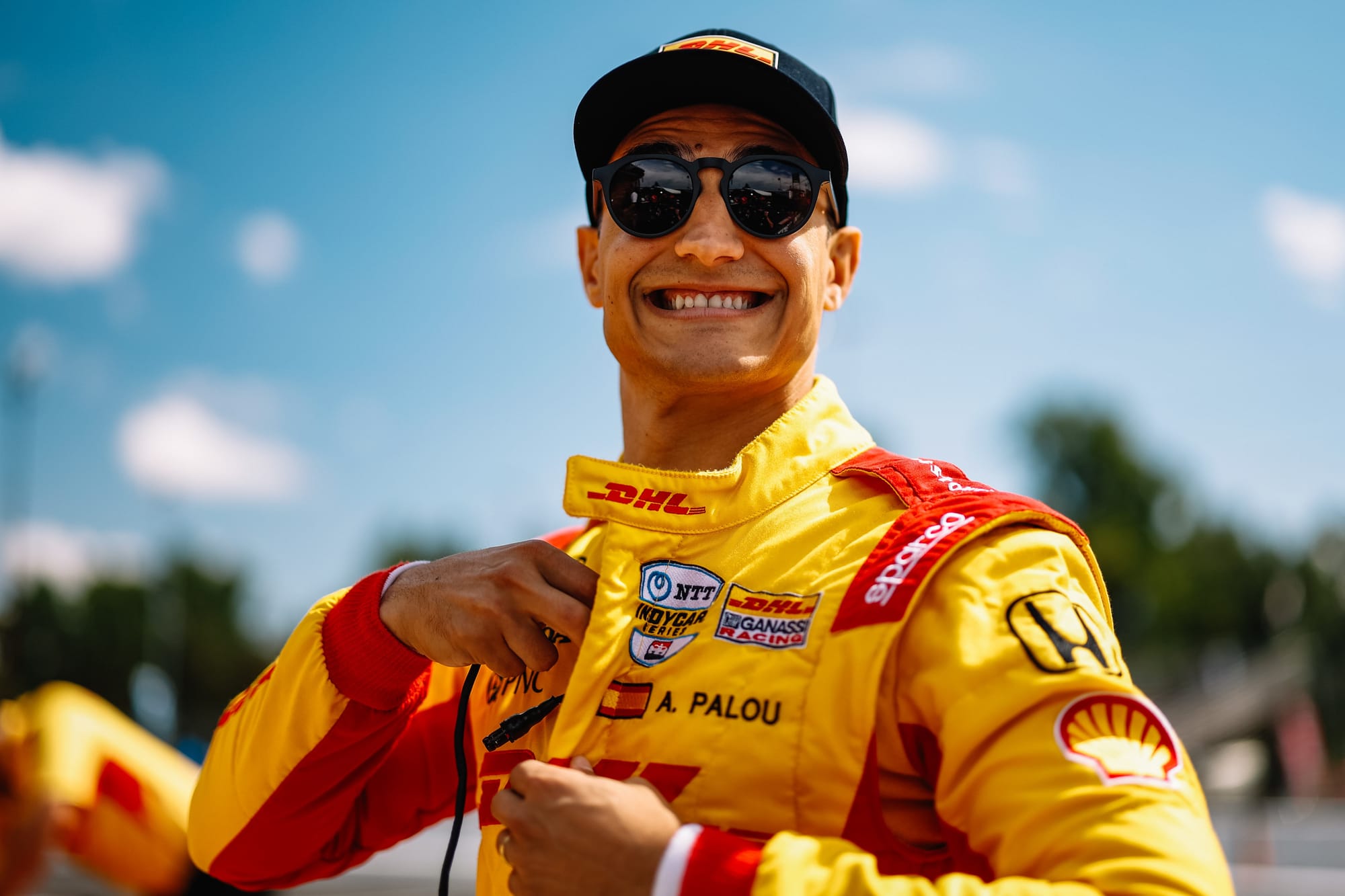
He’s handling the situation much better than I would. Put some respect on his name.
The Leaders’ Circle
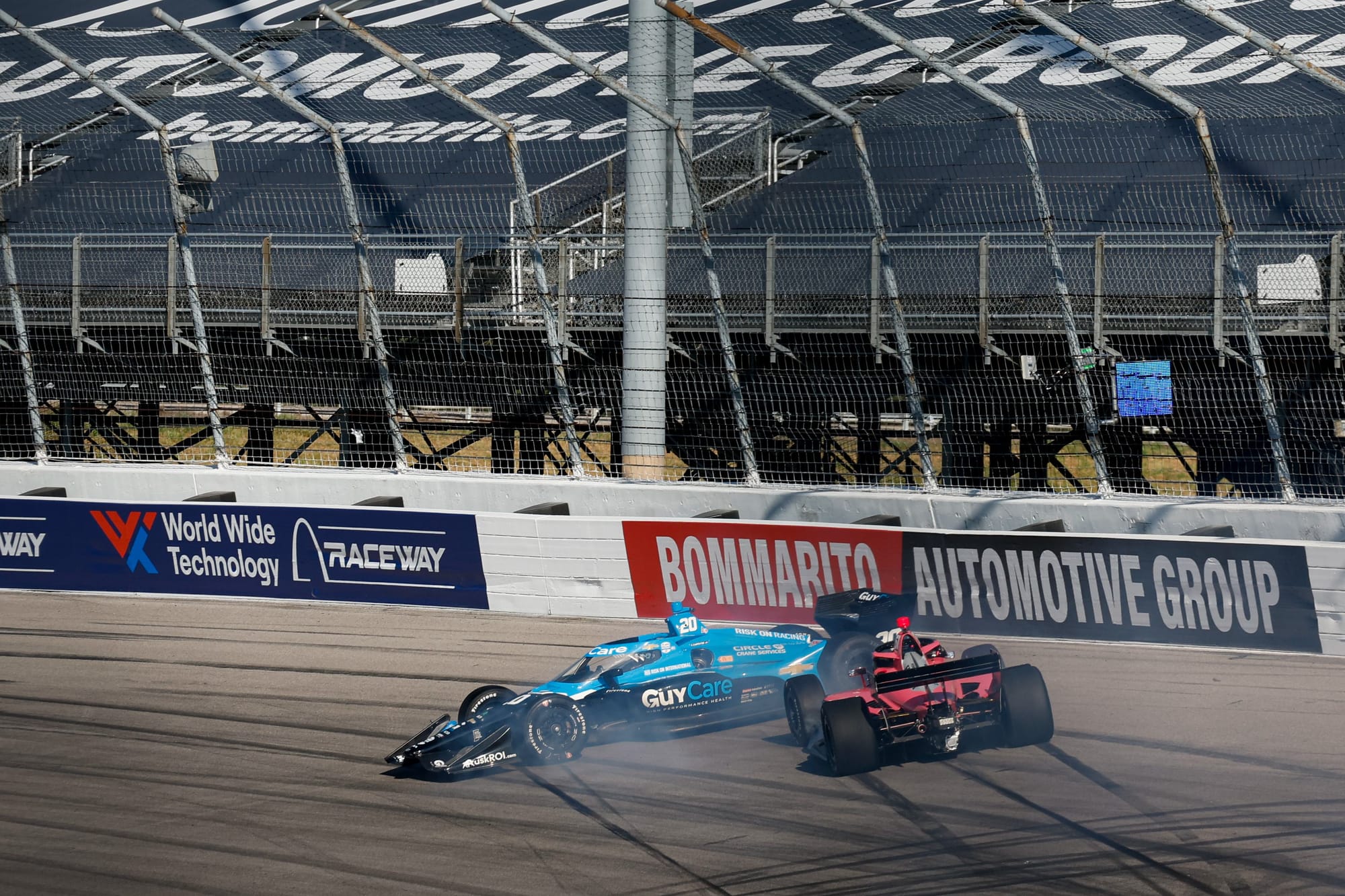
As well as the overall championship, Milwaukee will be crucial for the Leaders’ Circle battle.
The Leaders’ Circle is a contract between IndyCar and teams for participation. At the end of the year the top 22 cars eligible, which have completed the full season, are awarded around $1 million as part of that contract.
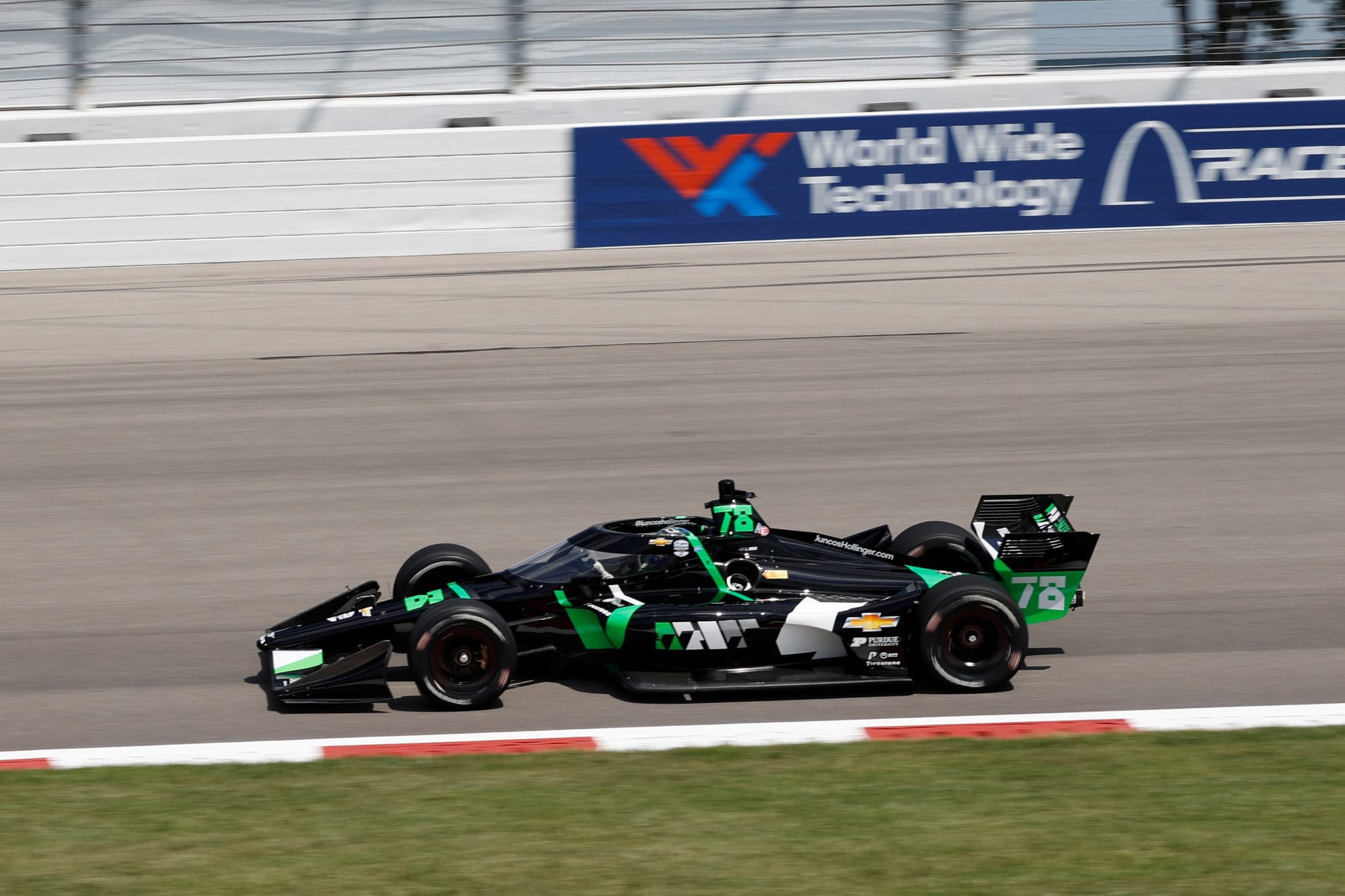
Leaders' Circle battle
19 Meyer Shank #66 (Malukas) +23 points
20 Rahal Letterman Lanigan #30 (Fittipaldi) +15 points
21 AJ Foyt #41 (Robb) +15 points
22 Ed Carpenter #20 (Rasmussen) 141 points
— CUT-OFF
23 Juncos Hollinger #78 (Daly) -0 points
24 Dale Coyne #51 (Legge) -8 points
25 Dale Coyne #18 (Harvey) -34 points
Two excellent weekends for Sting Ray Robb at AJ Foyt have boosted him one position and put the pressure on Ed Carpenter Racing’s #20 as the car on the precipice, tied with the #78.
Conor Daly had an excellent qualifying at Gateway in that car and hauled in a decent score with 13th in the race despite being caught up in an early crash in his first race for Juncos Hollinger replacing Agustin Canapino. So Carpenter’s position looks precarious on that form.
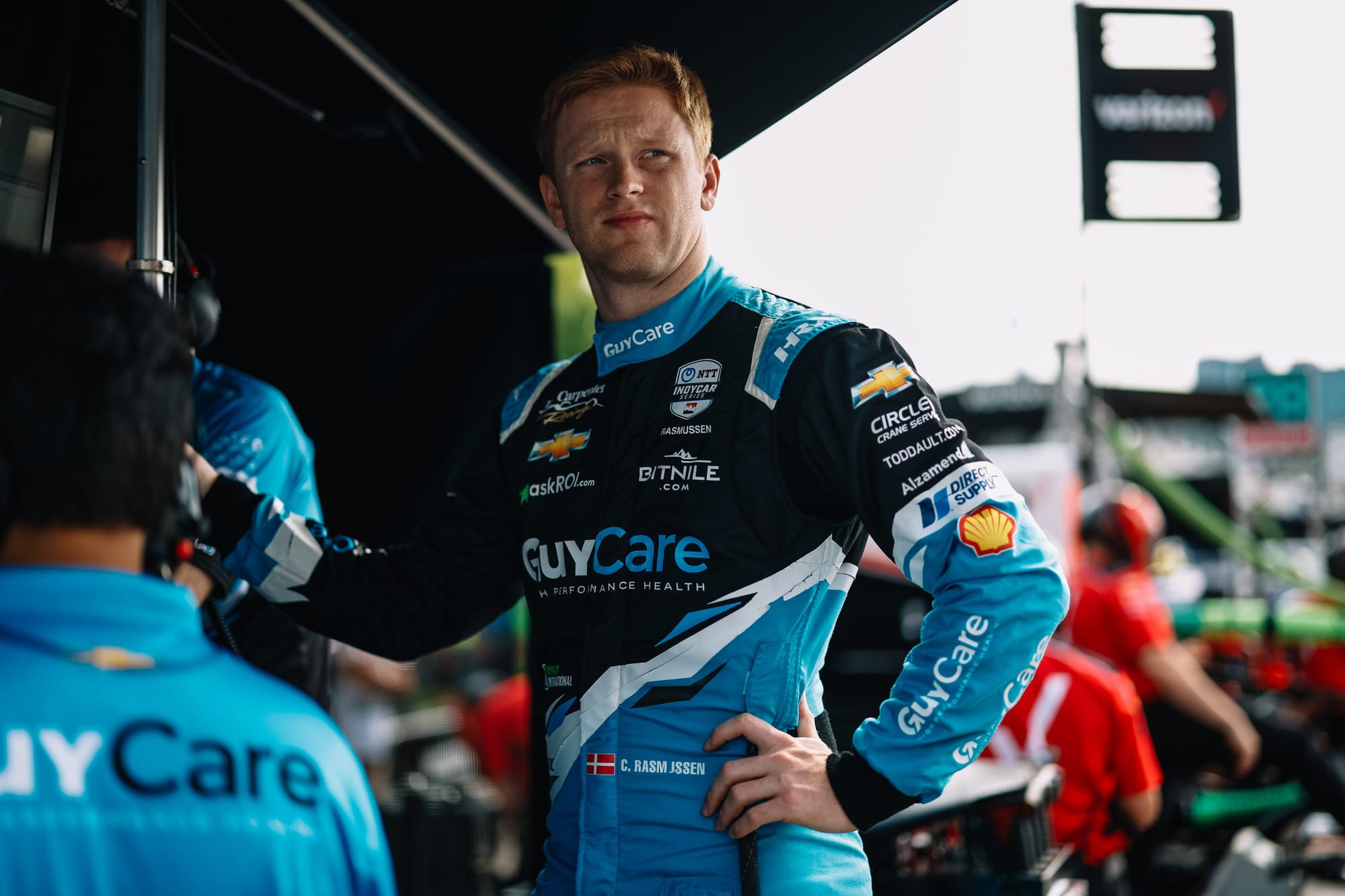
So much so that three-time Indy 500 pole winner Carpenter has admitted "I have not performed to the level that I expect of myself” in his oval outings and stepped aside to give the car to Christian Rasmussen (pictured above).
Rasmussen has done the road and street courses in the #20 and the Indy 500 in an extra ECR car, where he finished 12th after an overall impressive 500 campaign, and tested recently at Gateway. It's a lot of pressure on the rookie to finish the season strong, but an enormous vote of confidence in him as he drives for his future in the series.
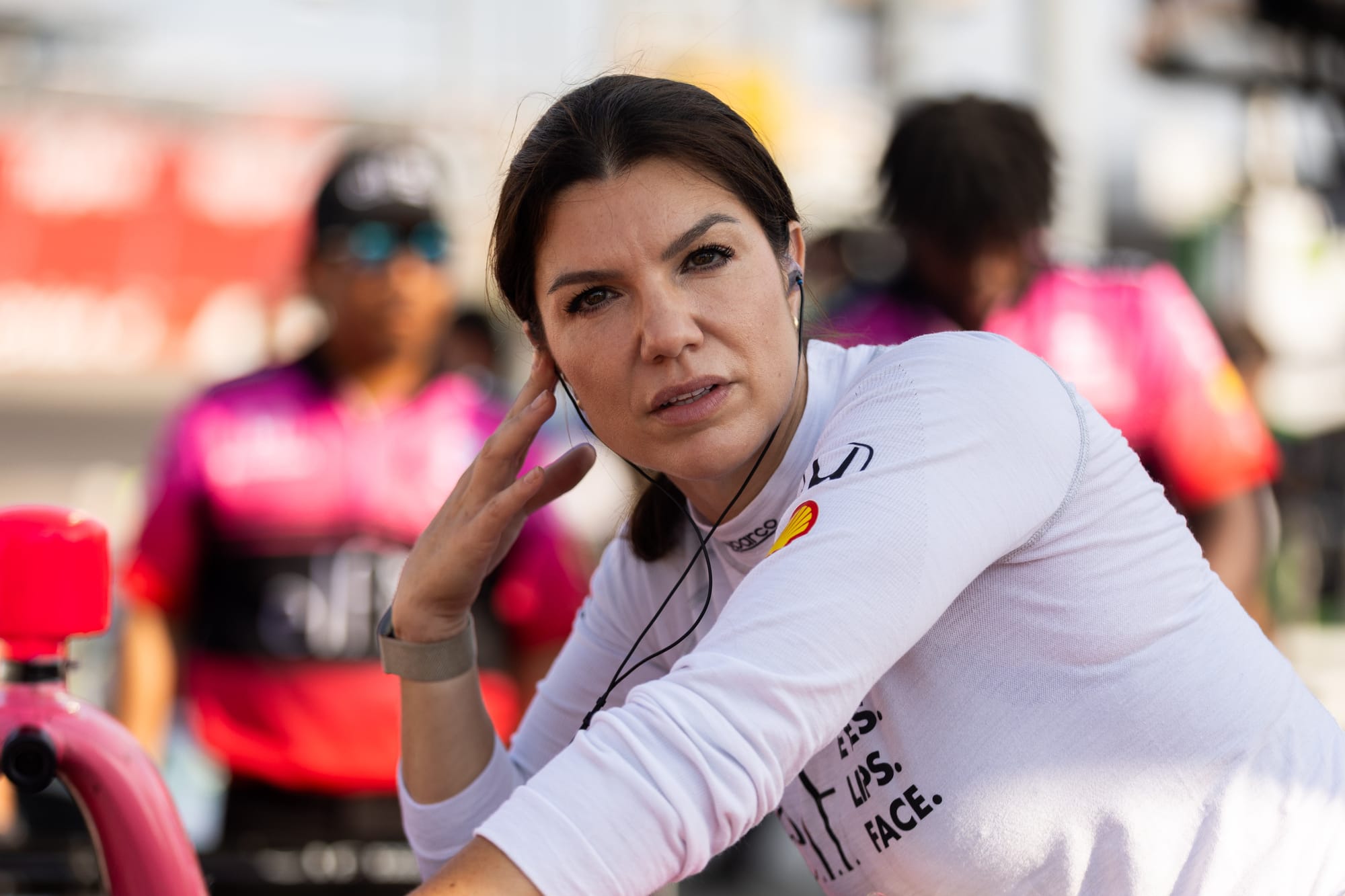
The #51 Dale Coyne car has made strides in Toby Sowery’s hands this year but while having scored some decent finishes, Katherine Legge hasn’t been quite as successful on the ovals. Eight points is a very surmountable gap but the entries ahead feel in better form and capable of the better results.
It feels like the fight for 22nd is between Ed Carpenter Racing and the driver it sacked last year, Daly. No love lost there, then.


